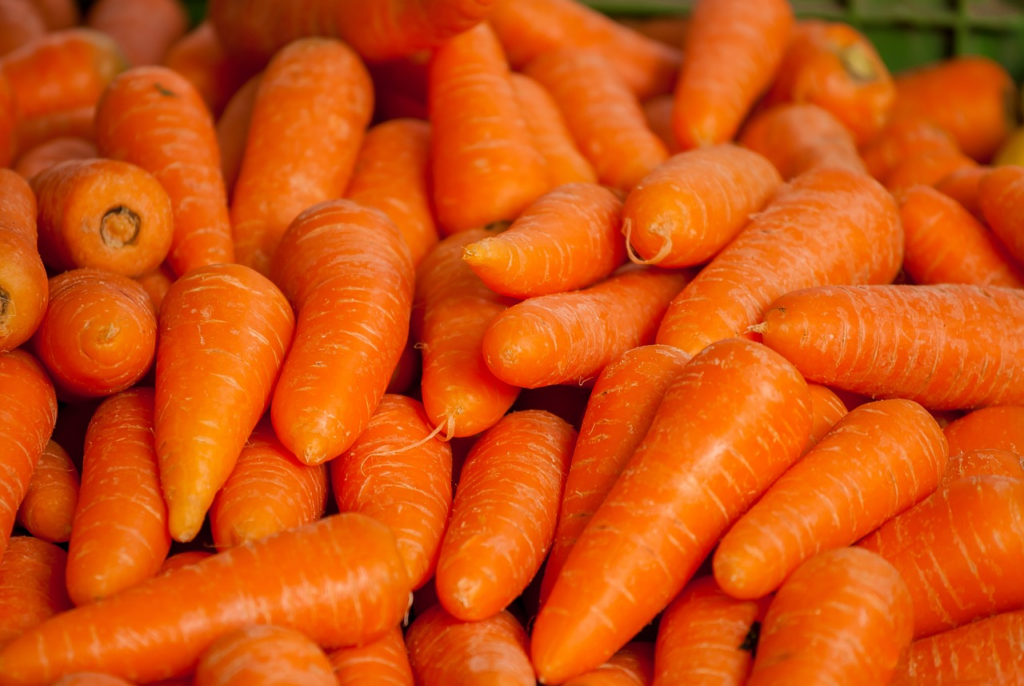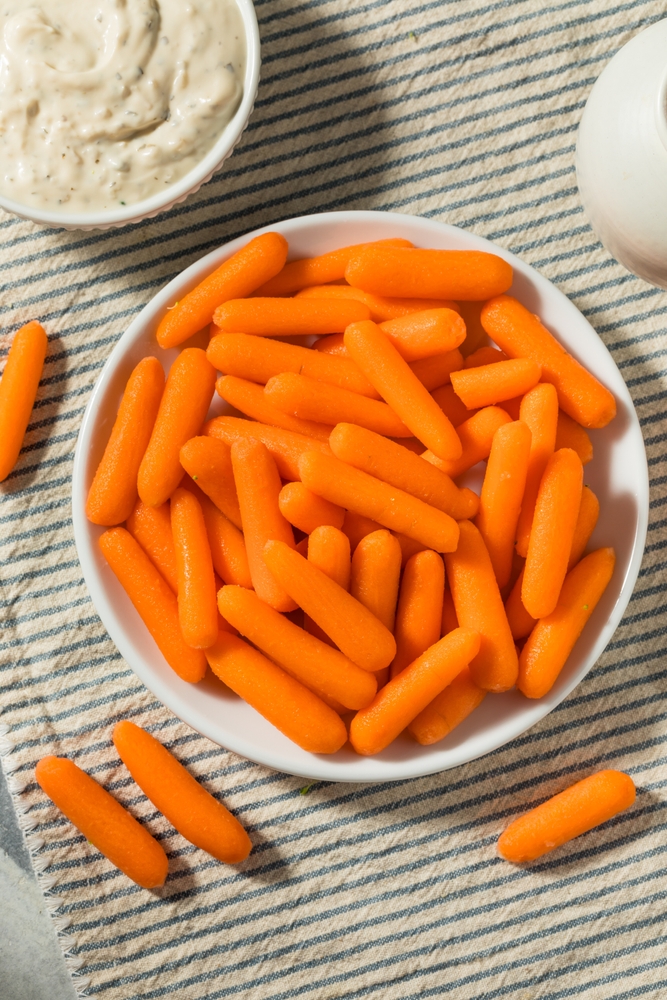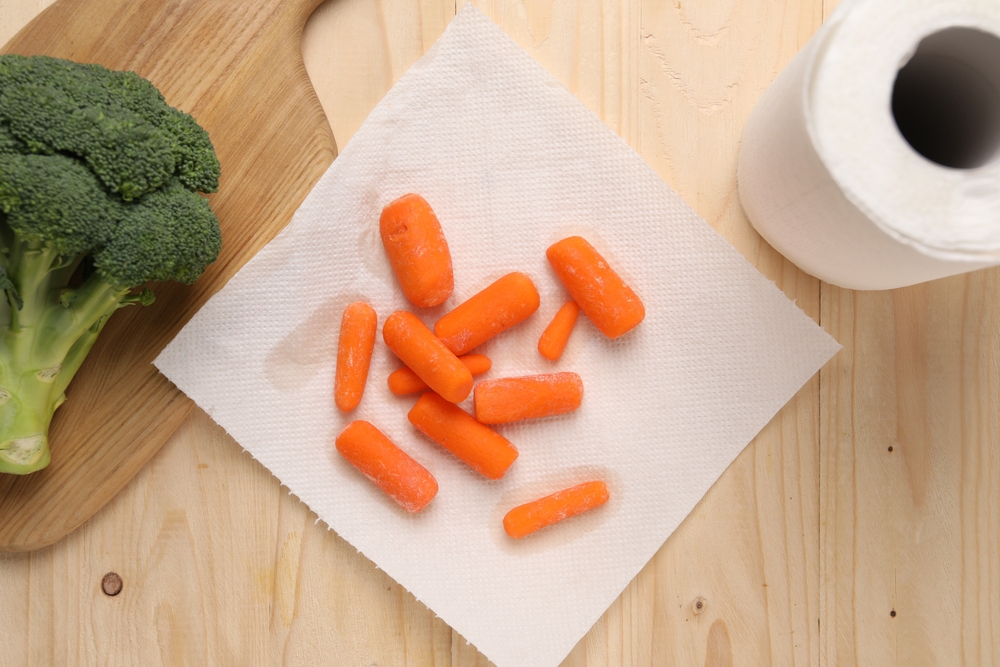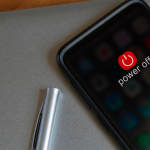If you’ve ever opened a bag of baby carrots and noticed a strange white film coating them, you’re not alone. Many people encounter this phenomenon and wonder if it’s safe to eat or if it’s a sign that the carrots have gone bad.
The good news? It’s completely harmless. Let’s take a closer look at what this white substance is, why it forms, and how to deal with it.

What Is the White Stuff on Baby Carrots?
The white stuff you see is commonly referred to as “carrot blush”. Contrary to popular belief, it’s not chlorine or mold but rather a harmless layer of film caused by dehydration. When baby carrots lose moisture after being exposed to air, their outer surface begins to roughen, scattering light and producing this whitish appearance.1 Regular carrots don’t experience this as much because they retain their natural protective skin, which helps lock in moisture.
How Does Carrot Blush Form?
Carrot blush forms when baby carrots dry out after exposure to the atmosphere. Without the protective skin that regular carrots have, they are more vulnerable to dehydration. Pol Bishop, a gardening expert, explains that “moisture loss in the thin outer layer of the baby carrot causes its surface to roughen up and light to be scattered throughout it. All of this results in whitish marks on the carrot”. The absence of their protective layer also makes them more prone to skin cell damage, which contributes to the formation of this white film.

Is Carrot Blush Harmful?
The short answer is no — carrot blush is completely harmless. According to nutrition experts, this white film is not a sign that the carrots are spoiled or unsafe to eat. It’s simply a sign that the carrots have dried out slightly. You can eat them as is or remove the white blush by washing or soaking the carrots in water for a few minutes, which can help restore their vibrant orange color.
How to Get Rid of the White Film
If the white blush on your baby carrots bothers you, there’s an easy fix. Simply rinse them in cold water or soak them for a couple of minutes, and you’ll notice the white film start to disappear. This rehydration process helps restore their appearance, making them look fresher. In fact, keeping your carrots stored in a bag or container with some moisture in the refrigerator can prevent the white film from forming in the first place.

Why Does This Only Happen to Baby Carrots?
You might wonder why this issue primarily affects baby carrots and not regular, full-sized ones. The reason is that baby carrots are essentially cut and shaped from larger ones, which involves removing their natural protective skin.3 As a result, the little guys lose moisture more quickly than whole carrots. To keep them fresh, manufacturers often pack baby carrots with a small amount of water in the bag, but once that moisture begins to evaporate, they are prone to developing their blush.

Can Slimy Carrots Be Saved?
Sometimes, baby carrots may feel slimy in their packaging. This sliminess occurs when extra moisture in the bag interacts with the exposed carrot surfaces. While slimy carrots might not look very appetizing, they are still safe to eat if you rinse or boil them briefly before consuming. Alternatively, some people prefer to avoid baby carrots altogether and opt for whole ones that they can peel and cut into sticks themselves. This avoids the dehydration issues that lead to carrot blush and slime.
Don’t Worry About the White Stuff
The white stuff on your baby carrots is nothing to worry about. It’s simply a result of dehydration and is completely safe to eat. If you’d prefer your carrots to look as fresh as possible, a quick rinse or soak will bring them back to life. So, the next time you open a bag of baby carrots and see that white blush, rest assured — your snack is still perfectly safe to enjoy.

